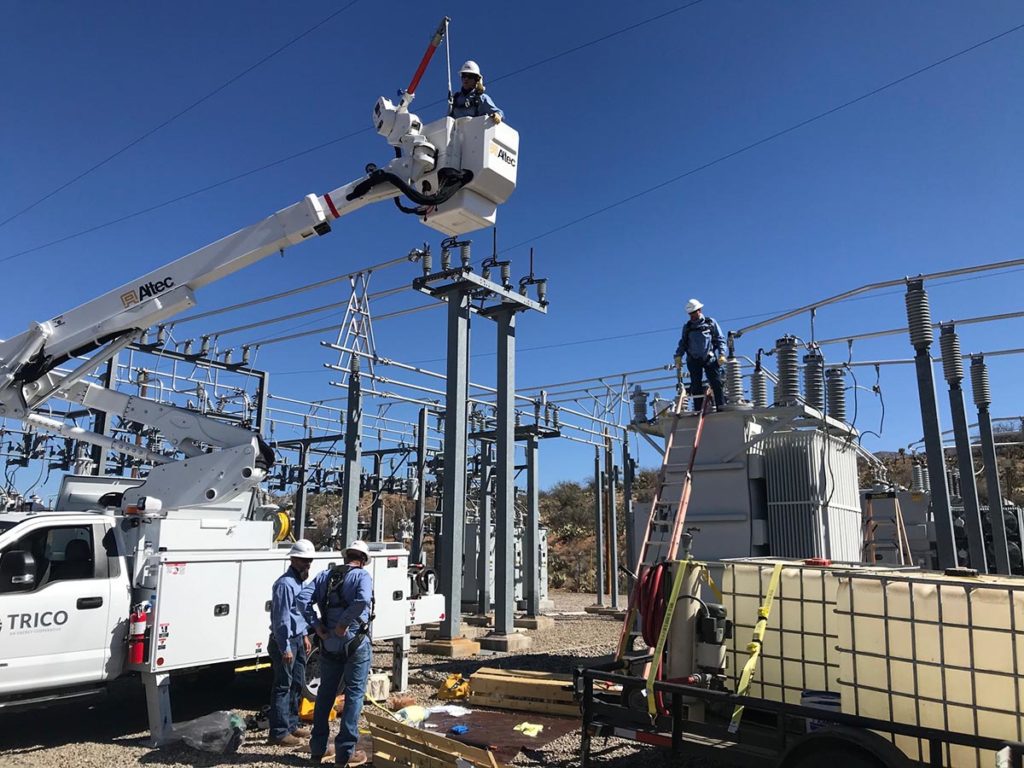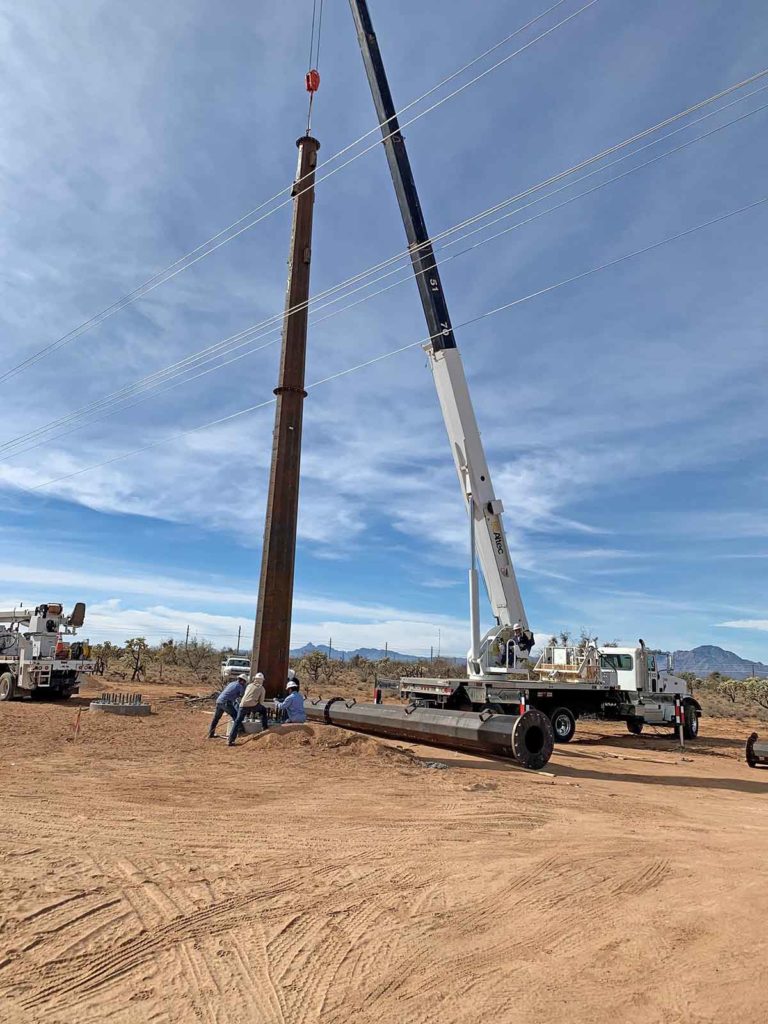
An Arizona electric cooperative is pursuing a plan to meet the future needs of the rapidly growing Tucson metropolitan area while serving members who are taking more control of how they use energy.
“Within 10 years we want to be positioned to serve our members with a fully functioning bidirectional grid,” said Brian Heithoff, CEO and general manager of Marana-based Trico Electric Cooperative. “That will not only allow us to sell power, but we will also be able to effectively receive power from and manage capacity with our members.”
The co-op’s investment in that strategy begins with a commitment of $70 million by 2025 to connect more than 4,100 new services to its distribution system and upgrade 49 miles of power lines.
“This is an investment in our communities and a significant commitment to providing our members with cost-effective energy when they need it,” said Heithoff. “Trico is growing, along with many of the communities we serve. To keep up with that growth and maintain an excellent standard of reliability, we are investing in the facilities that deliver power to our members’ homes and businesses.”

The co-op’s service territory covers portions of Arizona’s Pima County that surround Tucson. It also includes parts of Pinal County north of the city and Santa Cruz County south and east of Tucson.
According to the University of Arizona Economic and Business Research Center, nonfarm-related job growth in the area will exceed 4% in 2023. Between now and 2040, population growth and development in Arizona is expected to lead to a Sun Corridor merger of the Tucson area with metropolitan Phoenix.
Trico is seeing changing electricity usage patterns becoming more of a factor in the co-op’s future, with many new homes in its service territory having onsite solar. That trend began about 15 years ago and is accelerating, said Heithoff.
“We have 50,000 accounts, and 4,000 of those are interconnected and sell back to us,” he said. “We have seen strong interest in solar for years and it continues to grow, and interest in energy storage is also beginning to take off.”
With a growing number of members connected to the co-op’s lines having the capability to sell electricity to the co-op, Trico is seeing a leveling in residential demand for power, so Heithoff and his staff are considering innovative strategies. Those include time-of-use rates, promotion of smart energy systems that place more control in the hands of members, and co-op-owned or joint-ventured electric vehicle charging.
“We estimate that close to 1,000 of our members now have electric vehicles,” said Heithoff, adding that his next vehicle purchase could be an EV.
“Service upgrades and panel changes from 200 amps to 400 amps will be essential for some members as they rely more heavily on electricity for their energy needs,” Heithoff said. The co-op’s investments in modernization are just the first of a series of improvement plans to be announced over the next few years.
“We know costs are important, and we work hard to keep down our costs and the amount of our monthly bills,” said Heithoff. “The way to do that over the long run is with a steady and continuous preventative maintenance and investment approach where we annually address the needs of our system and prepare for projected growth.”
Derrill Holly is a staff writer for NRECA.